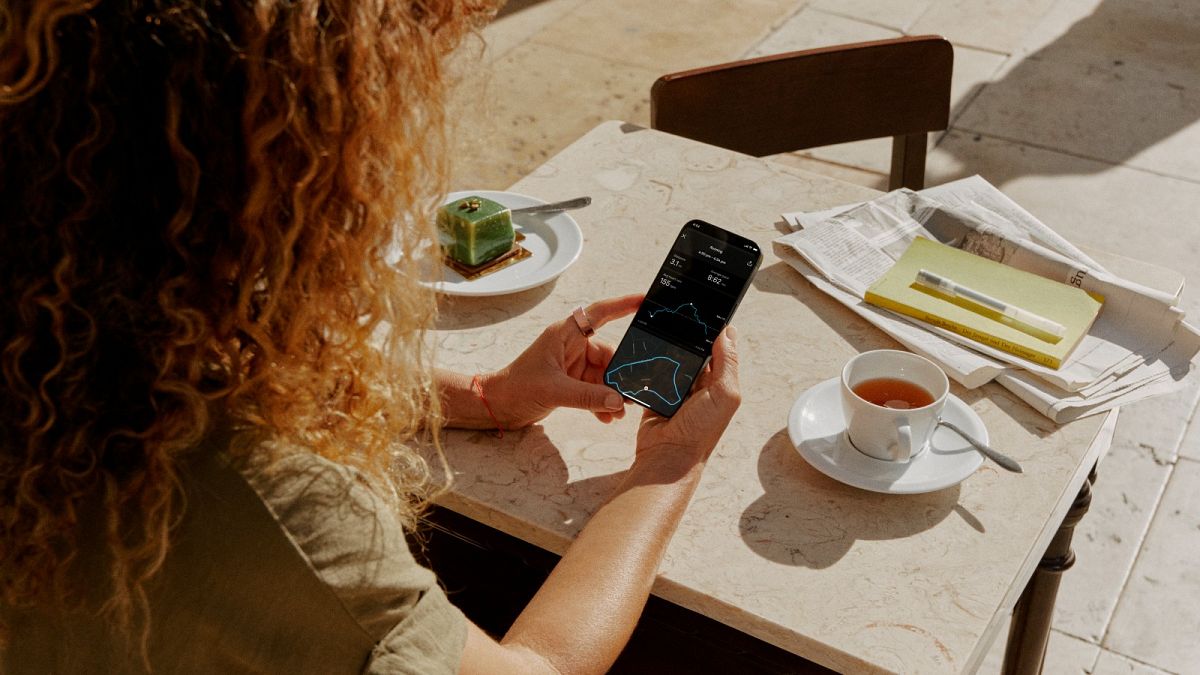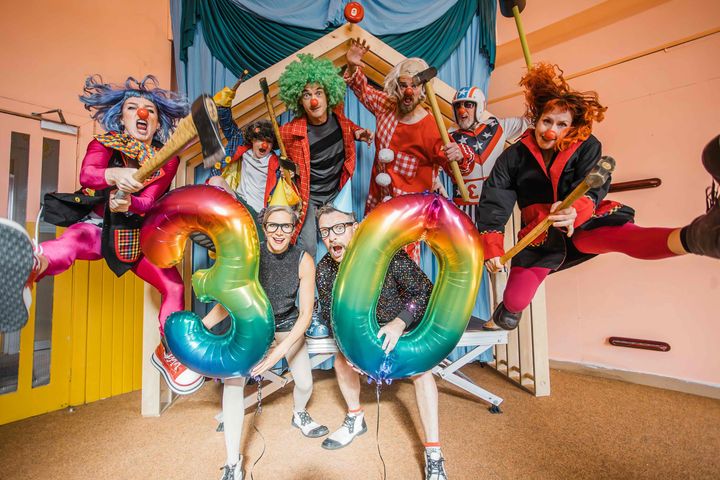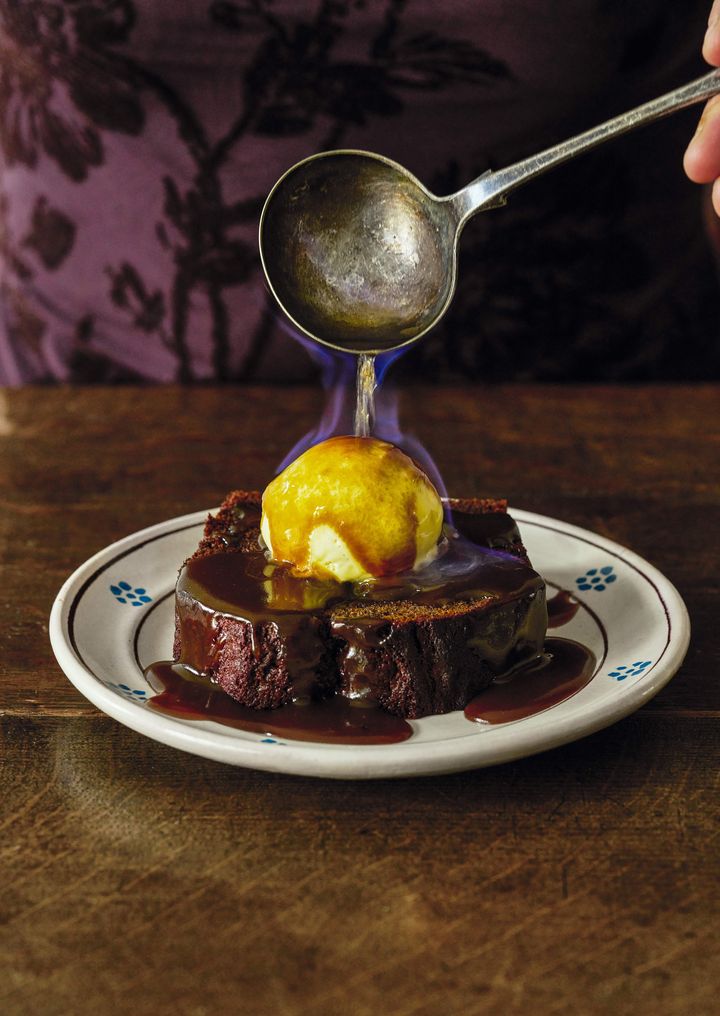These devices are moving beyond the wellness sector and into medical care. From earbuds that work as hearing aids to socks that monitor babies’ vital signs, wearable health gadgets have come a long way since the early fitness trackers that encouraged people to get 10,000 steps a day. Now, powered by miniature sensors and artificial intelligence (AI) that gives users highly detailed data on their health, wearables like the Oura ring and Apple’s smartwatch are straddling the line between personal wellness tools and actual medical devices – though there’s still progress to be made before hype becomes reality.
“People are learning that going to a doctor to get medical information is both inadequate and inefficient because you get to see your doctor for 15 minutes and he or she asks you a few questions and gives you some advice ...
and then you’re off,” Oura CEO Tom Hale told Euronews Health at the 2024 Web Summit in Lisbon. The Oura ring’s sensors take continuous measurements from people’s fingers, which have strong pulse signals, to track blood oxygen levels, heart rate, and body temperature, and then give them personalised insights about their stress, sleep quality, activity levels, and more. For those who can afford it – Oura’s price starts at €399 – these kinds of wearables could become “the doctor in your pocket,” Hale said.
The wellness sector has exploded in recent years, partly because it’s not subject to the same strict regulations as medi.


















